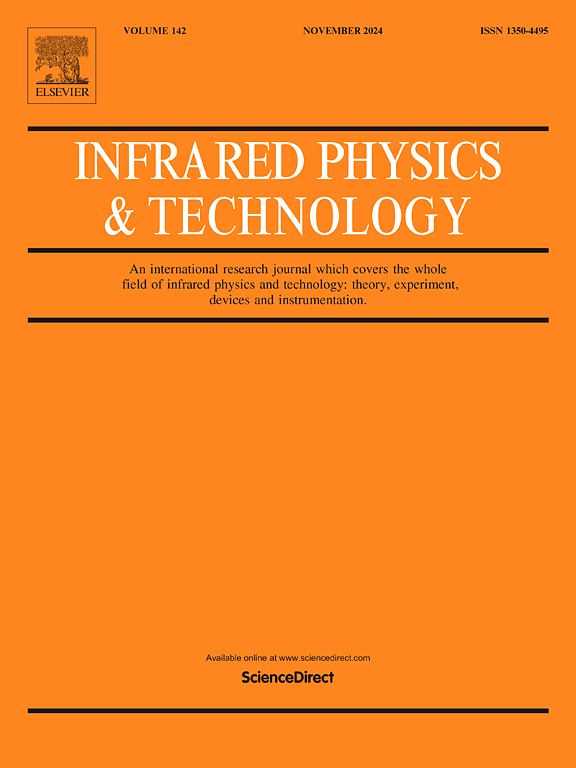Study of thermal effects on wavefront distribution in a high-power laser processing head
IF 3.1
3区 物理与天体物理
Q2 INSTRUMENTS & INSTRUMENTATION
引用次数: 0
Abstract
The intricate thermal phenomena including thermotropic deformation and thermal blooming effect inside the cavity of a twelve-kilowatt power laser processing head were thoroughly investigated using COMSOL Multiphysics software. By constructing the mapping relationship between the wavefront aberration/focal plane position maps of collimating and focusing lenses and the thermal effects, the influence laws on lens body/coating deformations and thermally induced deformations of the clamping mechanism for the lens surface temperature were achieved and visualized, as well as how these deformations further altered the beam quality and wavefront. Meanwhile, the experimental verification based on the Shack-Hartmann wavefront sensor ensured the accuracy of the simulation results. In addition, it was also explored that controlling the gas flow rate in the cavity in the range of 0.13 m/s-0.15 m/s under a helium environment can effectively alleviate the focal plane shift caused by the thermal blooming effect. These findings are of practical significance for optimizing the processing quality of high-power laser, especially in controlling thermal effect.
大功率激光加工头热效应对波前分布的影响研究
利用COMSOL Multiphysics软件对12千瓦功率激光加工头腔内的热致变形和热晕效应等复杂热现象进行了深入研究。通过构建准直和聚焦透镜的波前像差/焦平面位置图与热效应之间的映射关系,获得并可视化了透镜表面温度对透镜体/涂层变形和夹持机构热致变形的影响规律,以及这些变形如何进一步改变光束质量和波前。同时,基于Shack-Hartmann波前传感器的实验验证保证了仿真结果的准确性。此外,还探讨了在氦气环境下,将腔内气体流速控制在0.13 m/s ~ 0.15 m/s范围内,可以有效缓解热晕效应引起的焦平面偏移。这些发现对于优化高功率激光器的加工质量,特别是控制热效应具有重要的现实意义。
本文章由计算机程序翻译,如有差异,请以英文原文为准。
求助全文
约1分钟内获得全文
求助全文
来源期刊
CiteScore
5.70
自引率
12.10%
发文量
400
审稿时长
67 days
期刊介绍:
The Journal covers the entire field of infrared physics and technology: theory, experiment, application, devices and instrumentation. Infrared'' is defined as covering the near, mid and far infrared (terahertz) regions from 0.75um (750nm) to 1mm (300GHz.) Submissions in the 300GHz to 100GHz region may be accepted at the editors discretion if their content is relevant to shorter wavelengths. Submissions must be primarily concerned with and directly relevant to this spectral region.
Its core topics can be summarized as the generation, propagation and detection, of infrared radiation; the associated optics, materials and devices; and its use in all fields of science, industry, engineering and medicine.
Infrared techniques occur in many different fields, notably spectroscopy and interferometry; material characterization and processing; atmospheric physics, astronomy and space research. Scientific aspects include lasers, quantum optics, quantum electronics, image processing and semiconductor physics. Some important applications are medical diagnostics and treatment, industrial inspection and environmental monitoring.

 求助内容:
求助内容: 应助结果提醒方式:
应助结果提醒方式:


